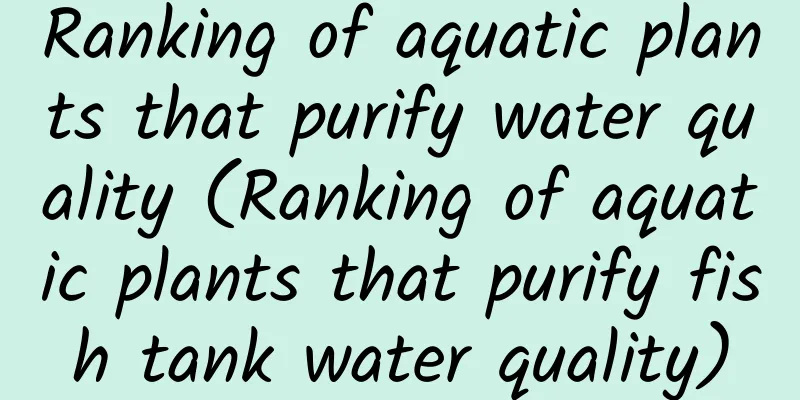Causes and treatment methods of green radish root rot

Temperature is too lowPothos is a heat-loving plant. The most suitable growth temperature is 15~25℃. The temperature in winter must not be lower than 10℃ to survive the winter safely. When the temperature is too low, root growth will be inhibited and the roots are prone to rot. OverwateringPothos likes water, but that doesn’t mean you need to water it more. The difference between soil cultivation and water cultivation is that for water cultivation, you just need to change the water frequently to ensure that there is enough oxygen in the water. Watering in soil is simply to provide moisture for the growth of the plant. When watering is too much, the soil will be lacking in oxygen, the roots will not get oxygen, and rot will occur. Fungal and bacterial infectionsBacterial infection is inevitable, and in a hot and humid environment, plants are easily attacked by fungi. Poor water qualityAnother important reason for root rot is dirty water quality. There are a large number of bacteria in the water. If the roots are kept in this environment for a long time, they will not get enough nutrients and will easily rot. As seen above, the main reason for root rot is poor maintenance. You should pay more attention to the subsequent maintenance, ensure the temperature is appropriate, water the right amount, the water is clean, and spray pesticides for disinfection and sterilization in time. Basically, there will be no major problems. However, if the root rot is more serious, the following treatments should be done: Soil-grown green radishRoot rot of soil-grown green radish is usually caused by waterlogging. What you need to do is find a new home for the green radish. Prepare new soil, add more peat and other large-particle soil, cut off the rotten roots of the green radish, clean it, and replant it. If the original plant is really rotten and cannot be saved, you can only cut off the branches and leaves and re-graft them. (Tips for cuttings of green radish) Hydroponic green radishThe roots of the hydroponic green ivy are rotten badly. It must be because the owner is too lazy and doesn't know how to change the water. When the roots start to turn into water and a foul smell appears, a good bonsai will be ruined. But it doesn’t matter. Take out the green radish and cut off the rotten parts. In addition, be sure to clean the bottle and disinfect it. Just change the water and start hydroponics again. |
<<: What to do if Phalaenopsis root rots
>>: What should I do if the iris does not bloom, drops leaves, or has root rot?
Recommend
How to water the hanging baby's breath? How often should I water it?
Overview of watering hanging gypsophila Under nor...
When is the best time to prune red leaf plums?
Pruning of red leaf plum Pruning red-leaf plum tr...
The difference between cinnabar root and dwarf tea
1. Difference of blades The leaves of the cinnaba...
What are the varieties of Tillandsia
Lilac pineapple Also known as octopus flower pine...
What is the function of dancing grass
The ornamental value of dancing grass There are m...
Can a mango tree be planted outside your home?
Can a mango tree be planted outside your home? Ma...
When does Gardenia bloom?
1. Flowering period The flowering period of garde...
When is the best season to plant noodles?
Noodle vegetable , also known as wheat bottle gra...
How to distinguish between the succulent plants Purple Pearl and First Love
Similarities between Purple Pearl and First Love ...
How to grow arrowroot and what to pay attention to
Growth habits of arrowroot Arrowroot likes warm, ...
Cultivation methods and precautions of black swan calla lily
Black Swan Calla Lily is relatively easy to grow,...
How to propagate cilantro
Methods of reproduction The most common methods o...
How to keep succulents alive
Essential tools for farming Watering tool: droppe...
Common varieties of morning glory
Morning glory The leaves are deeply three-lobed, ...
What to do if Christmas cactus doesn't bloom
1. Reduce nitrogen fertilizer 1. Reason: Although...









